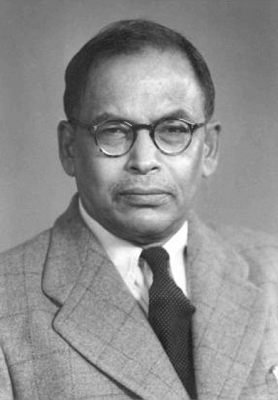Who was Aryabhatta?

Aryabhatta was a great mathematician and astronomer of ancient India. The first artificial Indian satellite, ‘Aryabhatta’ launched on April 19th, 1975 was named after this famous Indian mathematician.
Aryabhatta was born in 476 AD at Kusumapura (Pataliputra), India. He was a noted astrologer and mathematician of his times. He was the first astronomer in the world to arrive at the currently accepted theory that the earth is round and that it rotates on its own axis and travels around the sun, thus causing day and night. His works are still available. He was one of those known to have used Algebra for the first time. In 499 AD he wrote a book entitled Aryabhatiya. Written in a concise and scientific manner and in couplets it summarizes the contemporary knowledge of the science of mathematics. It was a famous book of the period and deals with astronomy and spherical trigonometry. In that book 33 rules of arithmetic, algebra and plane trigonometry were given.
Aryabhatta gave an accurate approximation for pi ( ), as 3.1416 and introduced the inverse sine function into trigonometry.
), as 3.1416 and introduced the inverse sine function into trigonometry.
Aryabhatta made many contributions to the sciences of mathematics and astronomy. He was one of the most learned persons in King Vikramaditya’s Court. This great man died in 550 AD.


























